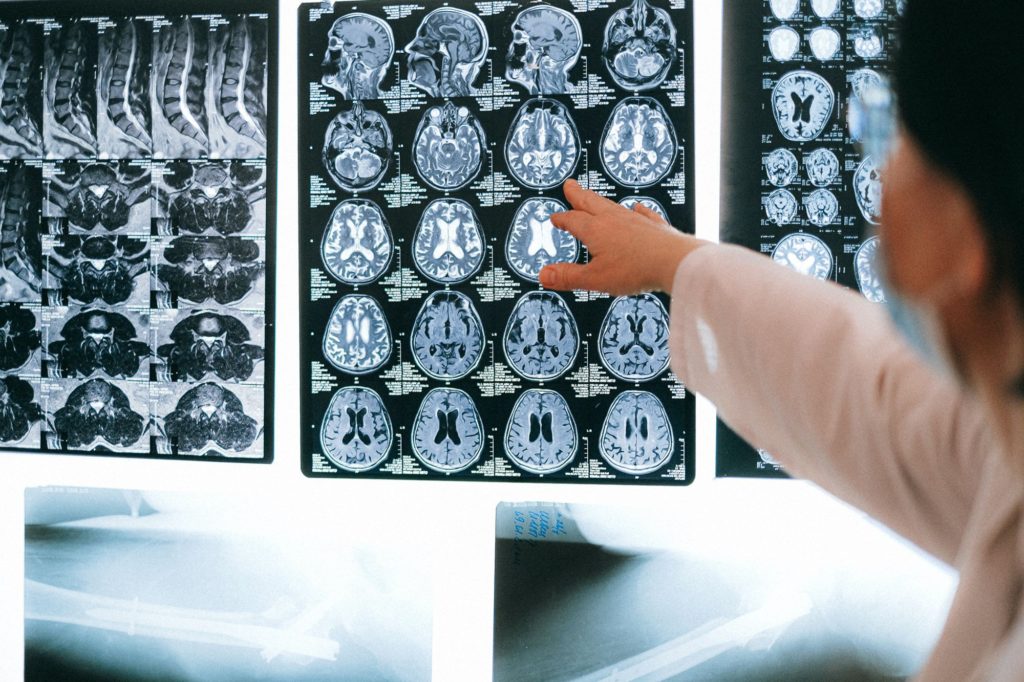Attention-deficit/hyperactivity disorder (ADHD) causes a significant decrease in neural flexibility across the entire brain of children and throughout sub-networks considered critical to cognitive flexibility. A study of neural activity in children with the condition reveals their brain experience various changes not seen in kids without ADHD.
Scientists at the University of North Carolina School of Medicine say their findings could help doctors diagnose and treat children with ADHD who display different types of severity.
Cognitive flexibility — the ability to smoothly switch between mental processes — allows people to multitask. Researchers say cognitive flexibility is part of our executive function, which includes accessing memories and exhibiting self control. A hallmark of ADHD in children and adults is poor executive function. Cognitive inflexibility in children can damage an individual’s ability to learn and accomplish tasks.
UNC scientists wanted to discover what’s occurring throughout the brain when executive function, particularly cognitive flexibility, is offline. To conduct the study, researchers used functional magnetic resonance imaging (fMRI) to study the neural flexibility of 180 children diagnosed with ADHD and 180 typically developing children.
“We observed significantly decreased neural flexibility in the ADHD group at both the whole brain and sub-network levels, particularly for the default mode network, attention-related networks, executive function-related networks, and primary networks of the brain involved in sensory, motor and visual processing,” says study senior author Dr. Weili Lin, director of the UNC Biomedical Research Imaging Center, in a university release.
Researchers say the neural flexibility rose in ADHD children who received medication compared to those who weren’t taking medication. The children who were taking medication displayed neural flexibility that was not statistically different from the group of traditionally developing children.
UNC scientists also discovered they could use fMRI to locate neural flexibility differences across entire brain regions between children with ADHD and the traditionally developing children.
“And we were able to predict ADHD severity using clinical measures of symptom,” explains Lin. “We think our study demonstrate the potential clinical utility of neural flexibility to identify children with ADHD, as well as to monitor treatment responses and the severity of the condition in individual children.”
The research was funded by the National Institutes of Health, Autism Speaks, the Stavros Niarchos Foundation, the Leon Levy Foundation and an endowment from Phyllis Green and Randolph Cowen. The study is published in the journal Molecular Psychiatry.












